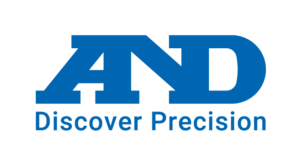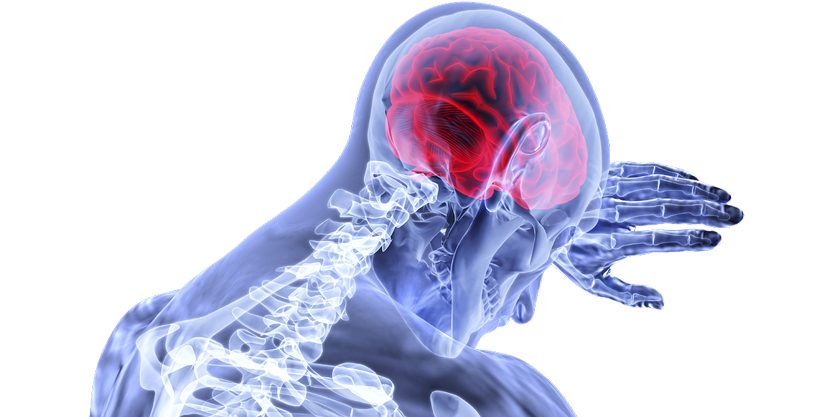Stroke 101: Things You Should Know
A stroke can be viewed as a brain attack, which can happen at any time, anywhere, and to anyone. It happens when the flow of blood in the brain is disrupted, resulting in the deprivation of oxygen to the brain cells. When the brain cells don’t get the oxygen they need, they begin to die. When this happens during a stroke, the individual’s abilities, including muscle control and memory, that are controlled by that particular area of the brain are lost. It is important to learn more about stroke, including the causes of stroke, and how to identify when someone is having a stroke to ensure immediate medical treatment is provided to reduce potential damages.
Causes of Stroke
There can be numerous causes of a stroke. Typically, the risk factors include usage of illegal drugs, smoking, heavy drinking, inactive lifestyle, family history, and obesity. The causes can vary depending on the type of stroke. The two most common types of stroke are:
Ischaemic Stroke – this occurs when the blood and oxygen flow in the brain is stopped due to a blood clot. The causes of this stroke include:
- Heavy consumption of alcohol
- Diabetes
- High level of cholesterol
- Obesity
- High blood pressure
- Smoking
Other causes of this stroke include Atrial Fibrillation, which is a kind of irregular heartbeat.
Haemorrhagic Stroke – this occurs when a vein inside the brain bursts, causing internal bleeding. It is also known as intracranial hemorrhage or cerebral hemorrhage. The causes of this stroke include:
- Increased levels of stress
- Inactive lifestyle
- Smoking
- Excessive drinking
- Obesity
This stroke can also be caused due to abnormal formation of blood vessels or tearing of expanded blood vessels.
How To Identify When Someone Is Having A Stroke
There are various ways to identify if someone is having a stroke. You can use the FAST method of identifying the signs:
F: Face Drooping
A: Arm Weakness
S: Speaking Difficulties
T: Time to call an ambulance
Some other warning signs include:
- Weakness or numbness in the leg and face, particularly on one side
- Increased confusion
- Inability to understand others
- Vision problems
- Dizziness
- Severe headache
If you or anyone around you is experiencing these symptoms, it is best to call for medical attention immediately.
Prevention of Stroke
With the increasing cases of stroke, especially among young individuals, it is important to take measures to reduce your chances of stroke. In general, you must adopt a healthy lifestyle, which will not only prevent stroke but numerous other health issues. It is recommended that you take the following measures:
- Control and maintain your blood pressure
- Reduce the amount of saturated fats and cholesterol from your diet
- Stop smoking
- Control diabetes
- Maintain your weight
- Consume a diet loaded with vegetables and fruits
- Regularly exercise
- Quit or limit alcohol consumption
- Avoid illegal drugs
- Get treated for OSA (Obstructive Sleep Apnea)
It is important to keep yourself educated about the signs and symptoms of stroke. Moreover, it is essential to take effective measures to reduce your chances of a stroke, especially if you are high at risk. In case you or someone around you is experiencing these symptoms or signs, get medical attention immediately to prevent major damages.


